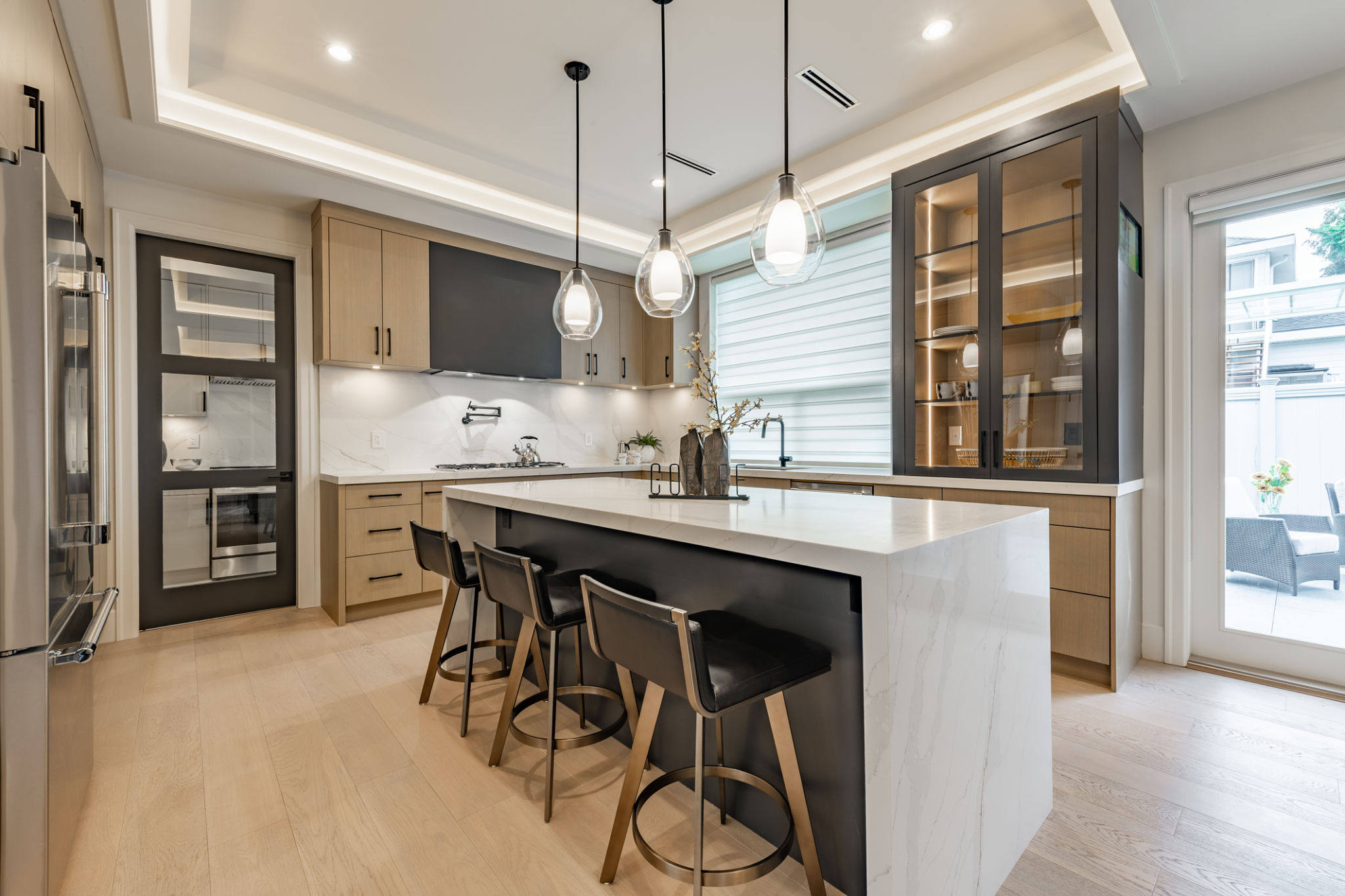Case Study: Transforming a Historic Middlesex County Home
The Challenge of Preserving History
Transforming a historic home in Middlesex County is no small feat. These homes, often over a hundred years old, come with their own set of challenges and rewards. The primary goal is to preserve the historical integrity while updating the space to meet modern living standards. It's a delicate balance between the old and the new, requiring careful planning and execution.
Our featured case study involves a stunning Victorian-era home that had seen better days. The owners wanted to restore its former glory while incorporating contemporary conveniences. This meant addressing structural issues, updating utilities, and redesigning certain aspects without losing the historic charm.

Initial Assessment and Planning
The first step in the transformation was a comprehensive assessment of the home's current condition. This included evaluating the foundation, roofing, plumbing, and electrical systems. A detailed plan was laid out to address each area systematically while ensuring that any updates would not compromise the home's historic value.
One of the key decisions was to maintain original features such as the ornate woodwork, stained glass windows, and intricate moldings. These elements were meticulously restored to preserve their authenticity. Meanwhile, the layout was reimagined to create more functional living spaces suitable for a modern family.

Incorporating Modern Amenities
While preserving history was crucial, the homeowners also desired modern amenities. This required integrating technology seamlessly into the historic framework. The renovation included installing a state-of-the-art HVAC system, energy-efficient windows, and smart home devices that are essential for contemporary living but discreet enough not to detract from the historic ambiance.
The kitchen and bathrooms were entirely revamped to meet modern standards. This involved installing new fixtures that offered efficiency and style while choosing designs that complemented the home's vintage aesthetic. The use of period-appropriate materials ensured that these updates were in harmony with the overall historic theme.

Overcoming Challenges
Restoring a historic home is fraught with challenges. Unexpected obstacles often arise, such as hidden structural damage or outdated building codes that need careful navigation. In this project, several such issues were encountered, requiring creative solutions and sometimes additional resources to resolve them without delay.
One particular challenge was dealing with the aged insulation that needed replacement to improve energy efficiency. The team opted for modern, sustainable materials that provided superior insulation while being environmentally friendly. This approach not only improved comfort but also reduced energy costs significantly.
The Final Transformation
The culmination of this restoration project was nothing short of spectacular. The historic Middlesex County home now boasts a perfect blend of antiquity and modernity. Original features like the hardwood floors and vintage fireplaces stand proudly alongside sleek appliances and contemporary furnishings.
The transformation has not only restored the home's beauty but also added significant value, both financially and in terms of livability. The owners now enjoy a comfortable and stylish living space that honors its past while embracing the future.

Lessons Learned
This case study underscores several important lessons for anyone looking to undertake a similar project:
- Thorough Planning: Invest time in planning every detail to avoid costly surprises.
- Respect Heritage: Preserve as much of the original features as possible to maintain historical integrity.
- Modern Integration: Seamlessly incorporate modern conveniences without overshadowing historical elements.
- Flexibility: Be prepared to adapt plans as unexpected challenges arise.
Transforming a historic home is as much about preserving memories as it is about creating new ones. With careful attention to detail and respect for history, these homes can continue to be cherished for generations to come.
